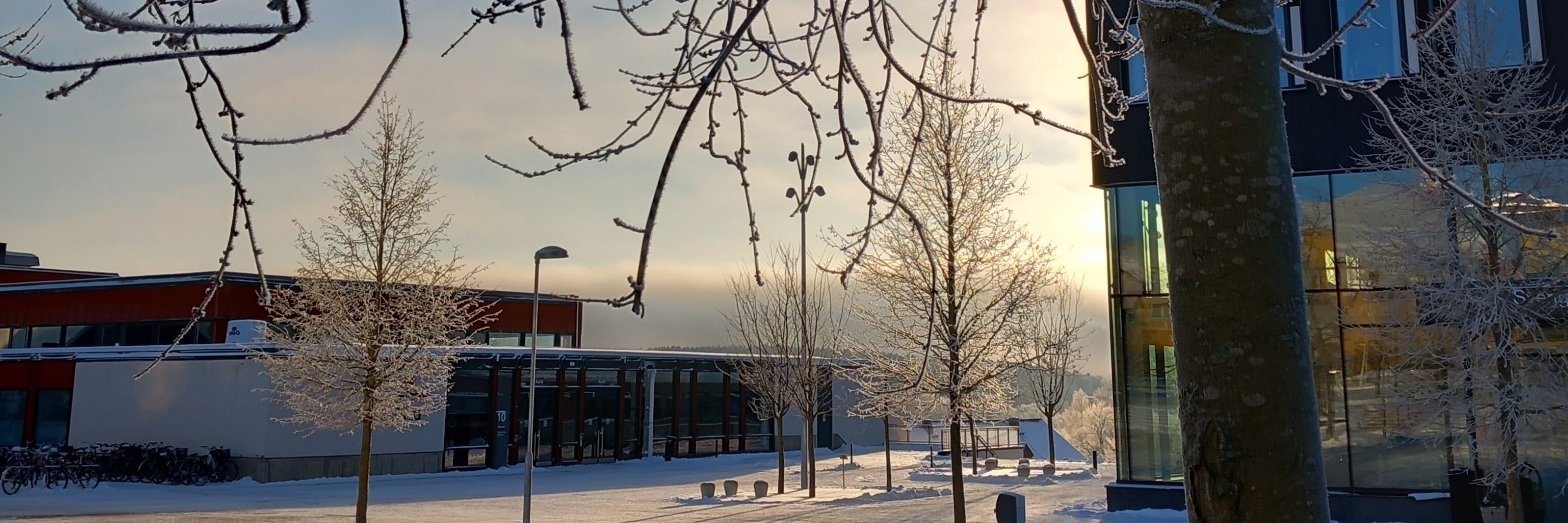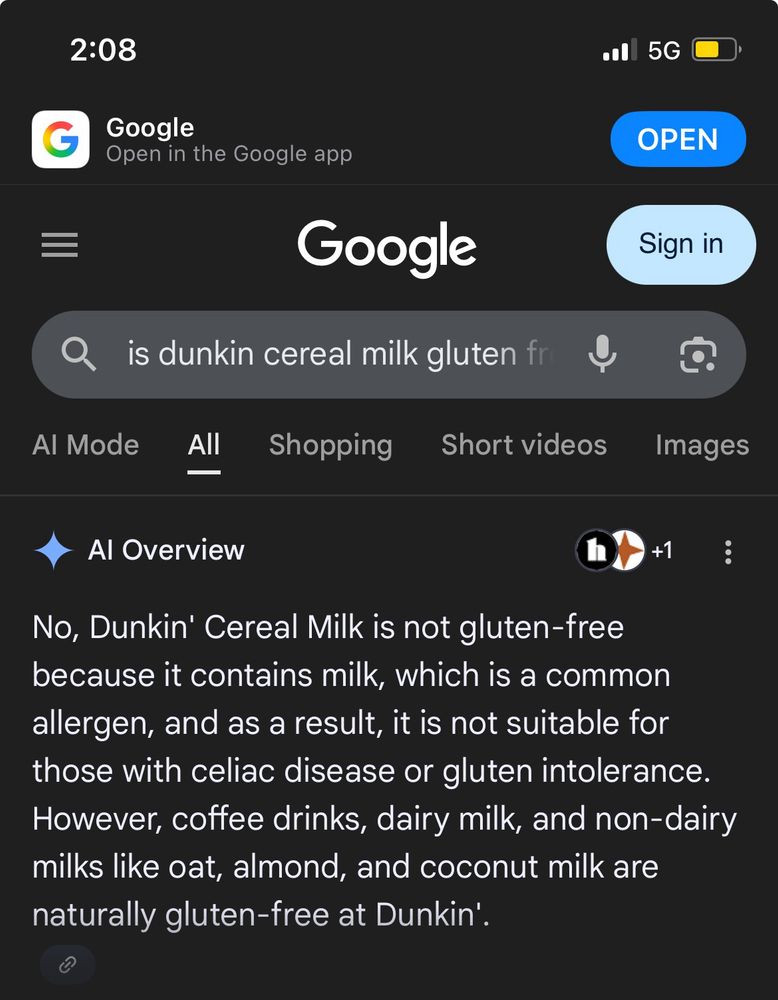
There will be cattle, genomics, simulation, and there might be poultry.
And if you already have a PhD, consider sharing with someone who hasn't, and might be a good fit. :)
www.slu.se/en/about-slu...

There will be cattle, genomics, simulation, and there might be poultry.
And if you already have a PhD, consider sharing with someone who hasn't, and might be a good fit. :)
www.slu.se/en/about-slu...
A bunch of early career scientists is here to explain something that even Wright and Fisher couldn't agree on, the (not so) simple question of what is inbreeding.
link.springer.com/article/10.1...

A bunch of early career scientists is here to explain something that even Wright and Fisher couldn't agree on, the (not so) simple question of what is inbreeding.
link.springer.com/article/10.1...
Looking for confirmatory evidence is an entirely normal part of science. The primary problem here is the eugenics and the fascism, not the lies to children about "the scientific method."


The new format of the academic profile is a step backwards, though.
The new format of the academic profile is a step backwards, though.
"Under the banner of progress, products have been uncritically adopted or even imposed on users — in past centuries with tobacco and combustion engines, and in the 21st with social media."
doi.org/10.5281/zeno...
We unpick the tech industry’s marketing, hype, & harm; and we argue for safeguarding higher education, critical
thinking, expertise, academic freedom, & scientific integrity.
1/n




"Under the banner of progress, products have been uncritically adopted or even imposed on users — in past centuries with tobacco and combustion engines, and in the 21st with social media."



du.diva-portal.org/smash/record...

du.diva-portal.org/smash/record...

Genomic inbreeding through F_ROH has made it big. As it should.
Genomic prediction hasn't. Perhaps single step would help bridge the gap between pedigree and genotype datasets.
Selection mapping has calmed down, but I still saw some Fst scans.
Genomic inbreeding through F_ROH has made it big. As it should.
Genomic prediction hasn't. Perhaps single step would help bridge the gap between pedigree and genotype datasets.
Selection mapping has calmed down, but I still saw some Fst scans.
#eseb2025
peercommunityjournal.org/item/10_2407...
#eseb2025
peercommunityjournal.org/item/10_2407...
(From the posters. A preprint QR code is really the best part of a poster.)
#eseb2025

(From the posters. A preprint QR code is really the best part of a poster.)
#eseb2025

